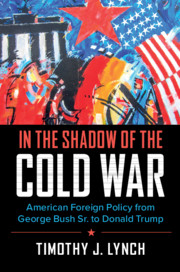Posttraumatic stress reactions related to the Madrid March 11, 2004, terrorist attacks were examined in a sample of Madrid residents (N = 503) 18-25 days after the attacks, using multiple diagnostic criteria and different cut-off scores. Based on the symptoms covered by the Posttraumatic Stress Disorder Checklist-Civilian (PCL-C; Weathers, Litz, Herman, Huska, & Keane, 1993), rates of probable posttraumatic stress disorder (PTSD) ranged from 3.4% to 13.3%. Taking into account additional criteria from the Diagnostic and Statistical Manual of Mental Disorders (American Psychiatric Association, 200; i.e., the impact of initial reaction and problems in daily functioning as a consequence of the traumatic event), only 1.9% of respondents reported probable PTSD. These results suggest that inferences about the impact of traumatic events on the general population are strongly influenced by the definition of traumatic response. Our findings also revealed that the magnitude of posttraumatic reactions is associated with several risk factors, including living close to the attacked locations, physical proximity to the attacks when they occurred, perception of one's life being at risk, intensity of initial emotional reactions, and being a daily user of the attacked train lines. The use of different cut-off scores did not affect the pattern of risk to develop traumatic stress. The implications of these results for public health policies related to terrorist attacks are discussed.

